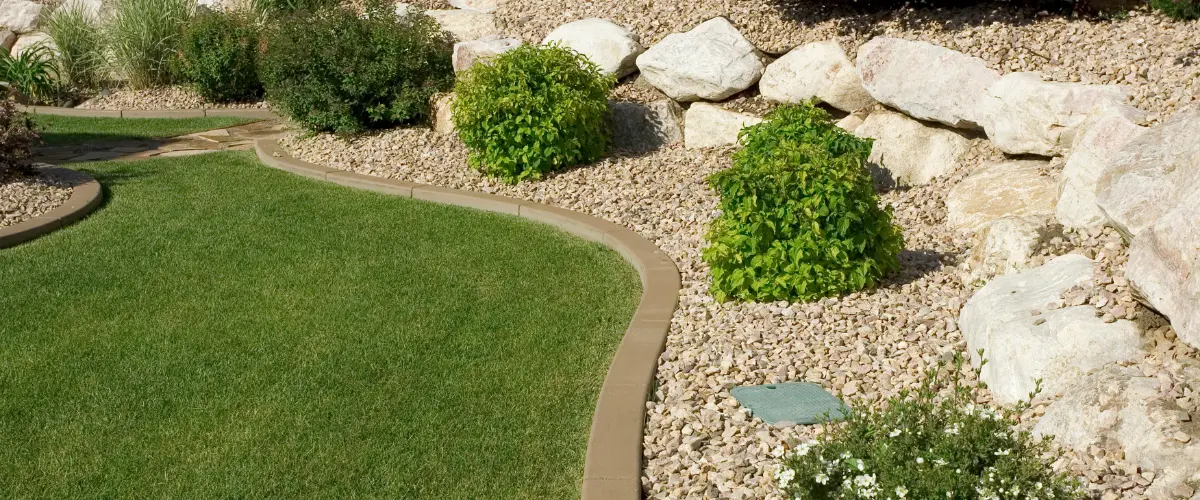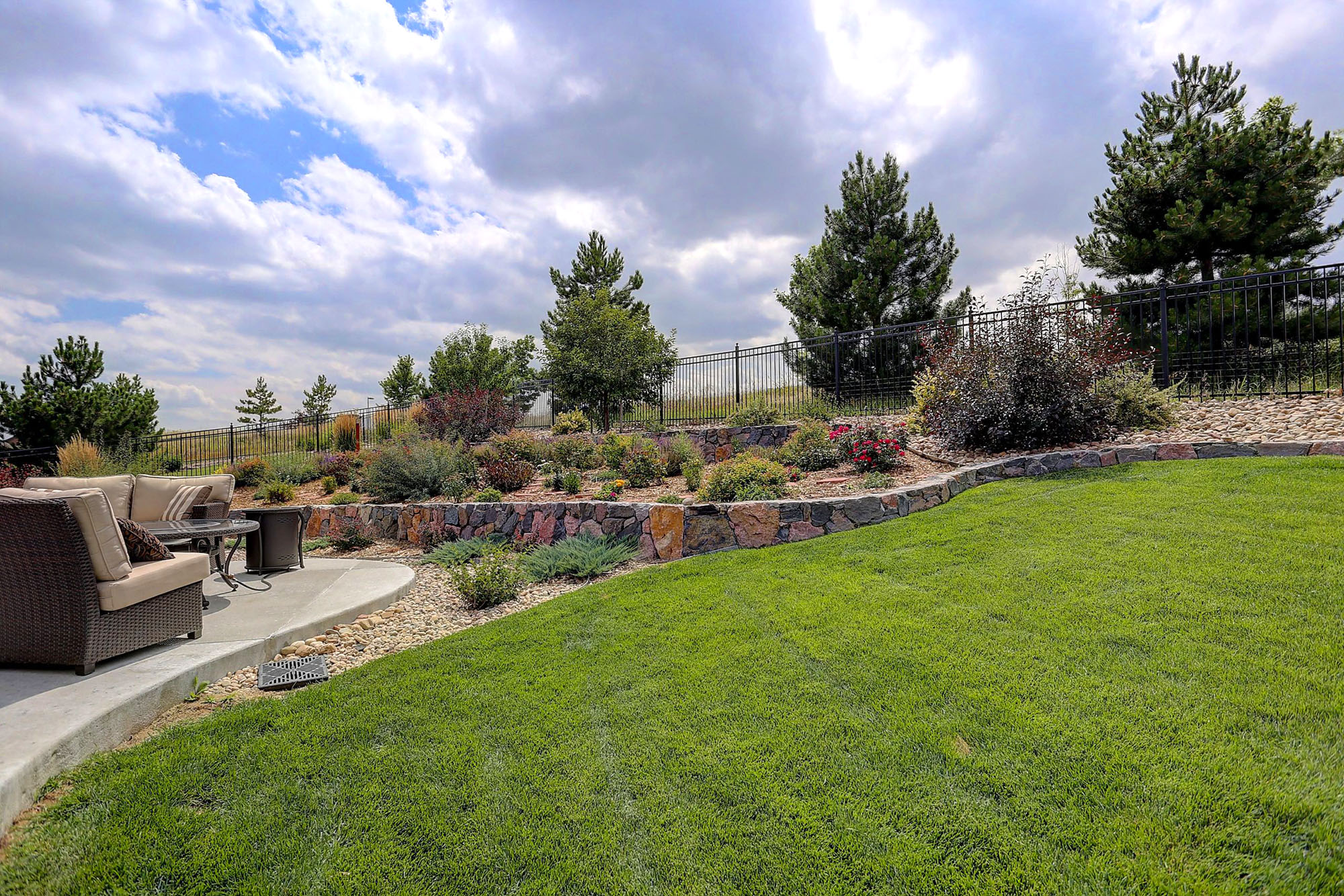Achieve Your Desire Outdoor Room with Innovative Landscape Enhancements
The Value of Understanding Different Kinds of Landscaping for Your Yard
Comprehending the different types of landscaping is an essential component in crafting a yard that not just shows personal taste but also fulfills eco-friendly requirements. Each landscaping style-- be it official, home, sustainable, or urban-- offers distinct benefits that can dramatically affect the overall health and aesthetics of your exterior area.
Benefits of Landscaping Expertise
Comprehending the basics of landscaping supplies various advantages for both amateur and knowledgeable gardeners alike. A solid understanding of landscaping concepts allows individuals to produce functional and aesthetically attractive exterior areas that align with their individual preferences and the certain qualities of their gardens.
One considerable benefit is boosted environmental health and wellness. Understanding of indigenous plants and lasting techniques permits gardeners to grow communities that advertise biodiversity while reducing the requirement for chemical fertilizers and pesticides. In addition, understanding dirt kinds and drain can bring about healthier plant growth and minimized erosion.
Landscaping expertise also improves the visual worth of a building. By discovering design aspects such as shade, texture, and scale, garden enthusiasts can produce natural and welcoming landscapes that increase visual charm. This not just boosts individual enjoyment but can likewise improve residential or commercial property value.
Moreover, educated garden enthusiasts can conserve time and sources. Identifying the right plants for specific conditions, such as light and moisture levels, ensures that efforts are not squandered on unsuitable selections. Eventually, an extensive understanding of landscaping equips individuals to make informed decisions, fostering a more rewarding gardening experience.
Overview of Landscape Design Kinds
Landscape design includes a range of styles and methods, each tailored to fulfill the one-of-a-kind demands and choices of garden enthusiasts. Comprehending these diverse types is crucial for developing an exterior area that lines up with environmental considerations and specific preferences.
One preferred kind is standard landscaping, characterized by organized formats, distinct flowerbeds, and using symmetrical plantings. This style typically emphasizes a feeling of order and consistency within the garden - Las Vegas Landscaping. On the other hand, naturalistic landscape design focuses on mimicking the elegance of nature, using native plants and natural forms to produce an extra kicked back and informal setting
Sustainable landscape design has obtained traction, promoting eco-friendly methods that conserve water and minimize chemical usage. This technique frequently includes xeriscaping, which uses drought-resistant plants ideal for arid environments. Additionally, city landscaping addresses the difficulties of minimal area in city settings, frequently making use of vertical yards and rooftop areas to maximize plant.
Official Landscaping Described
Identified by its precise layout and organized elements, formal landscape design develops an atmosphere of beauty and refinement in outdoor areas. This design stresses proportion, geometric shapes, and well-defined lines, usually incorporating manicured bushes, topiaries, and organized blossom beds. The overall result is a refined and polished environment that draws attention to building features and boosts the charm of the surrounding landscape.
In official landscape design, paths are generally straight and may be lined with uniform materials such as brick or stone. These paths typically cause focal factors such as water fountains, statuaries, or decorative trees, better boosting the organized nature of the layout. Shade schemes often tend to be a lot more minimal, concentrating on unified combinations that promote a peaceful atmosphere.
Water features in official landscapes are generally made with accuracy, commonly looking like circular or rectangle-shaped swimming pools. The cautious placement of plants is crucial, with species picked for their capacity to preserve a tidy look throughout the periods. Generally, formal landscaping is excellent for those that appreciate order and beauty, providing a classic visual that can considerably elevate the best site worth and charm of outdoor rooms.
Cottage Yard Qualities
Home gardens usually evoke a sense of appeal and fancifulness, blending a selection of plants in a relatively careless yet harmonious setup. Defined by their lavish, informal format, these gardens normally feature an eclectic mix of blooming perennials, annuals, vegetables, and herbs. This diverse planting not just creates aesthetic interest however additionally attracts helpful pests and promotes a well balanced environment.
A key attribute of home gardens is their use of typical materials and frameworks. Rock pathways, rustic fencing, and wood trellises are generally incorporated to enhance the garden's enchanting allure. Additionally, the addition of seating areas, such as arbors or benches, urges relaxation within this peaceful atmosphere.
Color plays a substantial duty in home yards, with an emphasis on soft pastels and dynamic shades that evoke a feeling of fond memories. Blossoms like roses, foxgloves, and hollyhocks are staples, typically intermingled with aromatic herbs such as lavender and thyme.
Cottage gardens show an approach of welcoming nature's changability, causing a distinct and inviting space. By prioritizing biodiversity and aesthetic beauty, they develop a stunning setting for both yard enthusiasts and casual viewers alike.
Lasting Landscape Design Practices
Including sustainable landscaping techniques is essential for producing eco-friendly gardens that thrive look what i found while decreasing their eco-friendly influence. Commercial Landscaping. Sustainable landscape design concentrates on the effective usage of resources, promoting biodiversity, and boosting the native environment
One key technique is picking native plants, which are well-adapted to local problems and need less water, plant food, and pesticides. This not only preserves resources yet likewise supports neighborhood wildlife, including pollinators. Applying water-efficient irrigation systems, such as drip watering or rainwater harvesting, further preserves water while guaranteeing that plants receive ample wetness.

Moreover, decreasing grass locations and incorporating hardscaping aspects can decrease upkeep and resource use. These methods advertise an even more sustainable landscape that requires fewer inputs and supplies eco-friendly benefits. By embracing these techniques, garden enthusiasts can develop spaces that are not only stunning however additionally add favorably to the environment, fostering a harmonious balance between nature and human activity.

Final Thought
In final thought, an extensive understanding of different landscaping types is essential for developing a cosmetically pleasing and eco lasting yard. Each style, from formal to home yards and sustainable practices, offers one-of-a-kind advantages that improve biodiversity and resource effectiveness. This understanding helps with informed choices that add to the health and wellness of both the garden and its surrounding community. Ultimately, welcoming varied landscaping approaches cultivates an unified relationship in between exterior areas and their environments, advertising long-lasting ecological equilibrium.
Understanding the numerous types of landscape design is a vital part in crafting a garden that not just shows personal taste yet also fulfills ecological needs. Each landscape design style-- be it official, home, sustainable, or metropolitan-- provides unique benefits that can significantly influence the total health and aesthetics of your outside area. In comparison, naturalistic landscaping focuses on simulating the beauty of nature, utilizing native plants and natural kinds page to produce an extra relaxed and informal atmosphere.
Furthermore, city landscape design addresses the challenges of restricted area in city atmospheres, usually utilizing vertical gardens and rooftop areas to make best use of greenery.
In conclusion, an extensive understanding of different landscape design kinds is necessary for developing an aesthetically pleasing and environmentally sustainable garden. (Landscape)